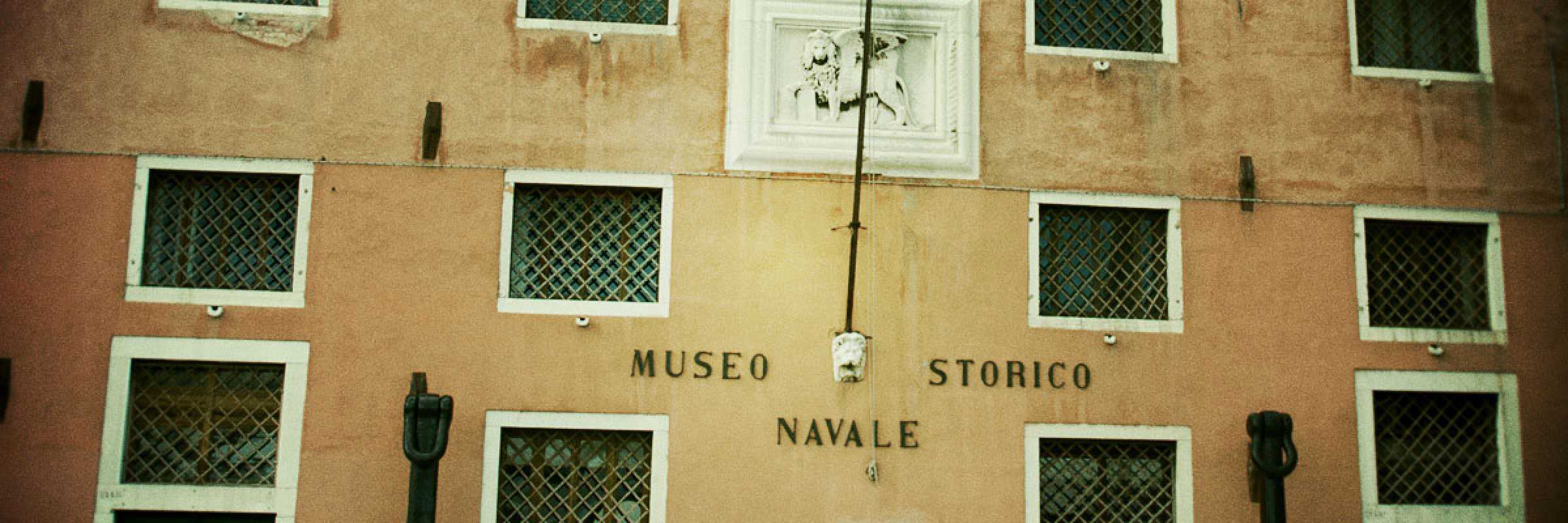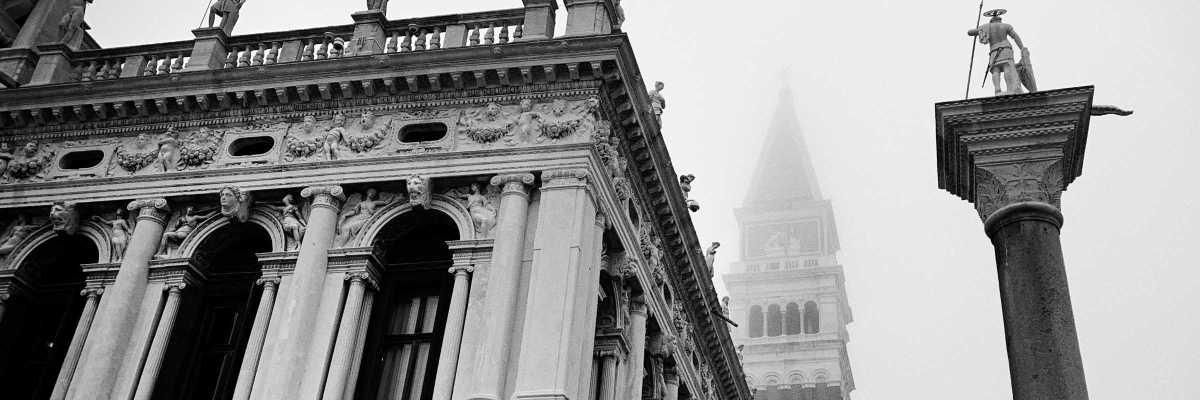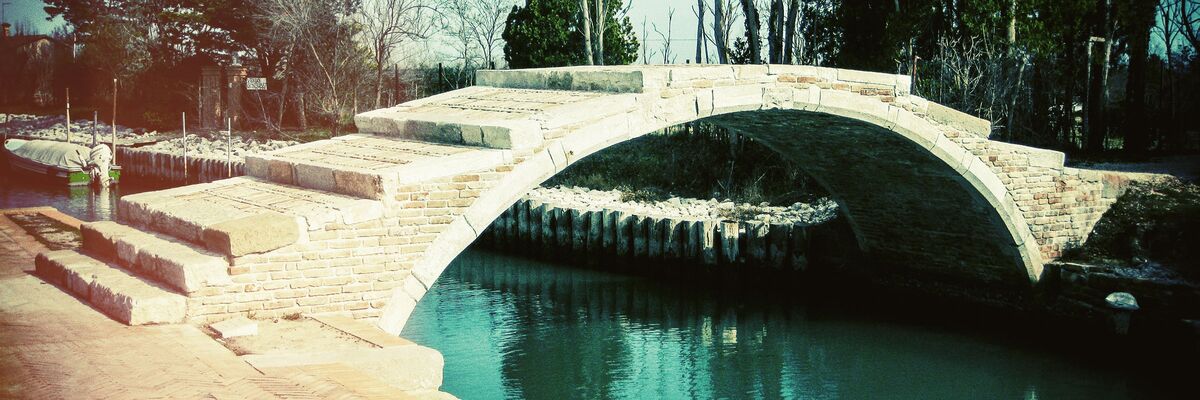This sixteenth-century building served for centuries as the "granary" of the Serenissima.
Inside was kept the wheat used to make the "biscuit", a particular type of long-life bread obtained from cooking in special ovens, often used by those who embarked on the sea.
The grain unloaded inside the warehouse came out of two openings decorated with reliefs depicting lions' mouths (probably dating back to the 16th century).
Since the middle of the last century, the palace has become the main seat of the Naval History Museum.
Already subscribed? Login →
Continue reading:
7,99€ per month, or 59€ per year
Invest in culture, in beauty, in a better future.
You can unsubscribe whenever you want.
or




